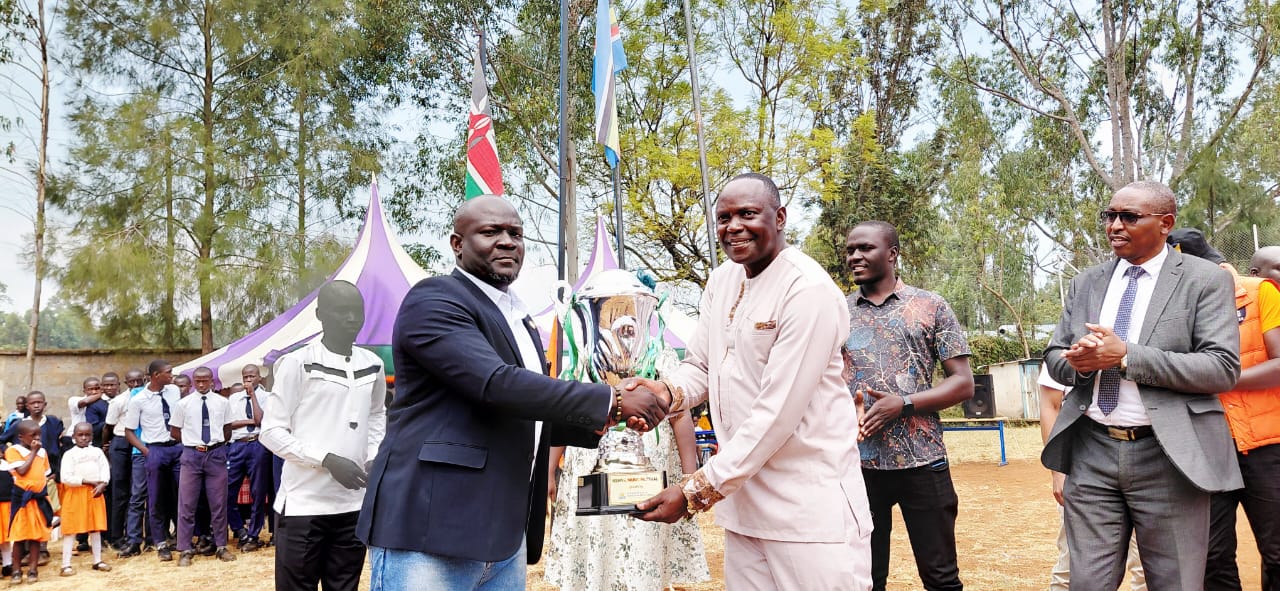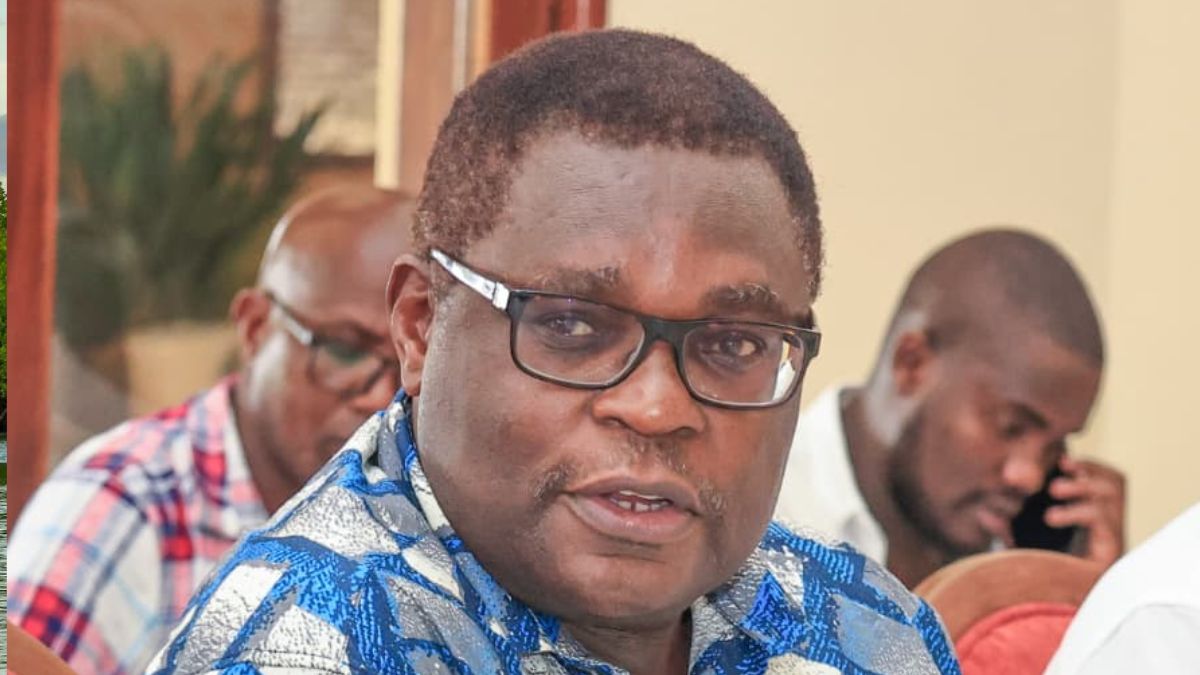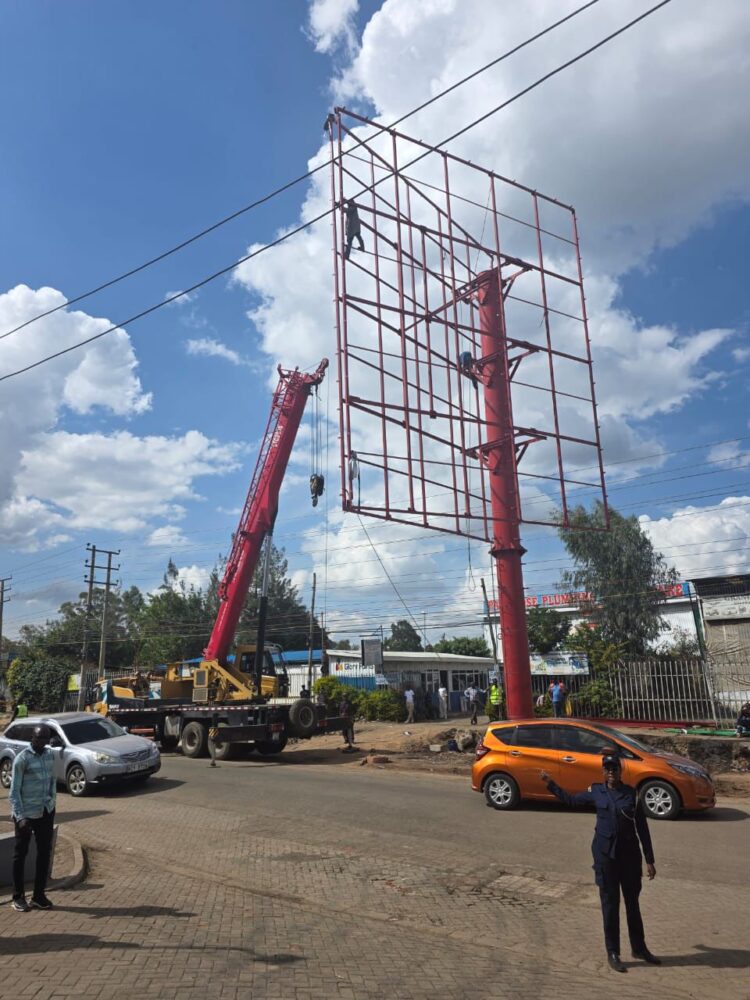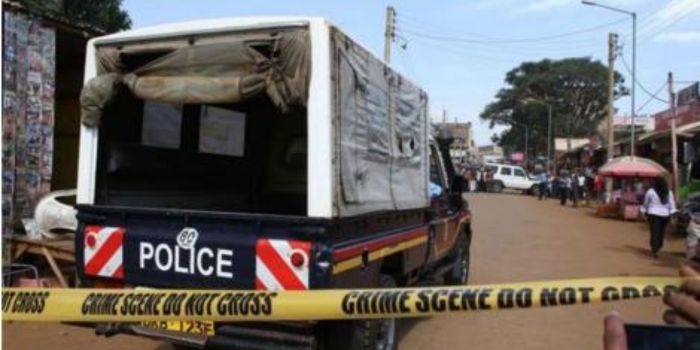In a deliberate move to strengthen STEM uptake as a career path in early stages of learning, the government has been asked to heighten it’s effort to equally create a thriving environment for learners in primary and junior secondary.
As observed across most public primary and junior secondary schools in Kenya, CBC strengthens and seems to be strengthening art as opposed to STEM. This is clearly observed through singing games, music and sports. By putting more emphasis on art-based strengths and talent identification and nurturing, the country risks an acute fall in future scientists, engineers, among other technical professionals.
Speaking during an education fete in Kisumu West Sub-County, Kisumu County, attended by officials and members of the Engineers Institution of Kenya Nyanza Branch, the Kisumu County Assembly Speaker, Engineer Elisha Jack Oraro, observed and challenged both the government and education stakeholders to urgently prioritize building and establishing laboratories and workshops in primary and junior secondary schools so as to entice and help learners sharpen their technical skills in their early stages of learning and in line with Competency Based Curriculum, CBC.
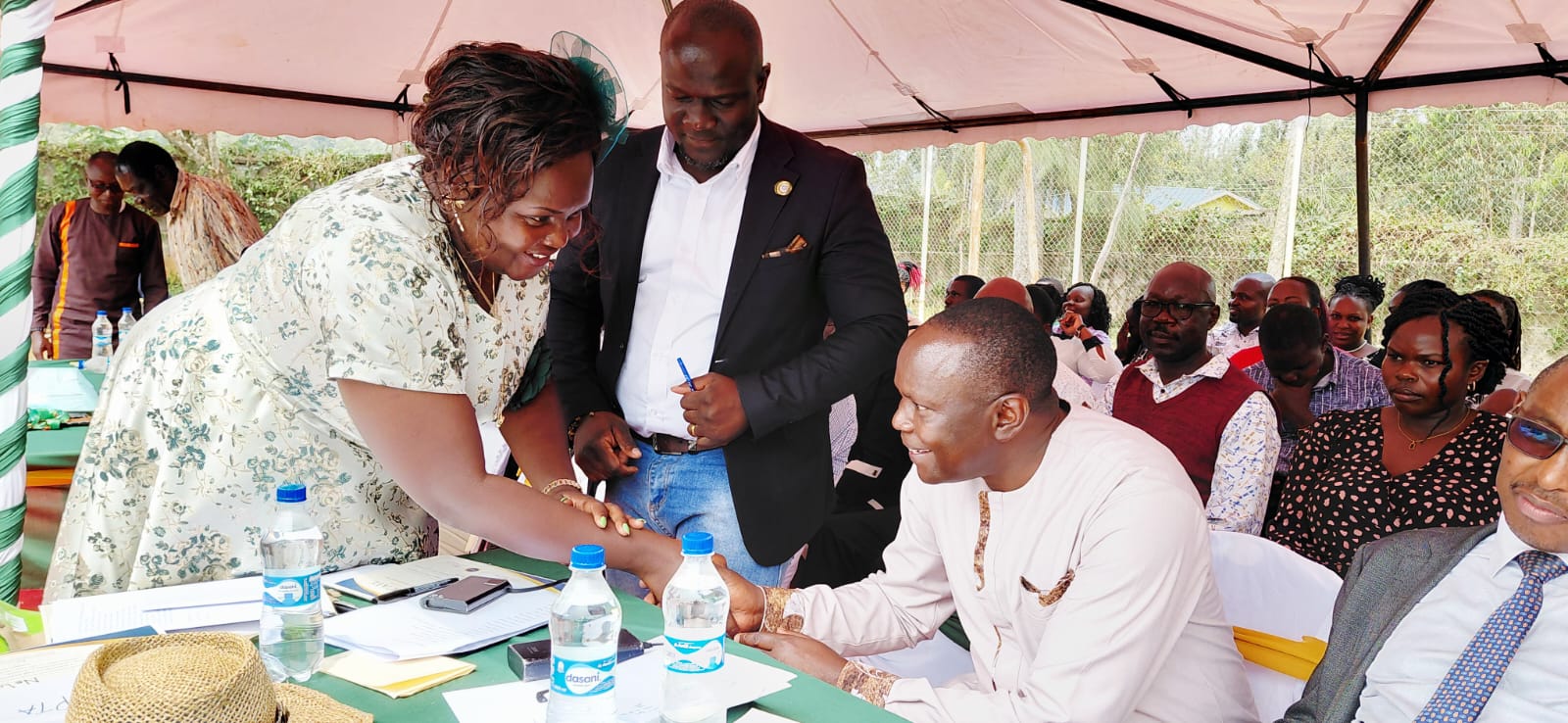
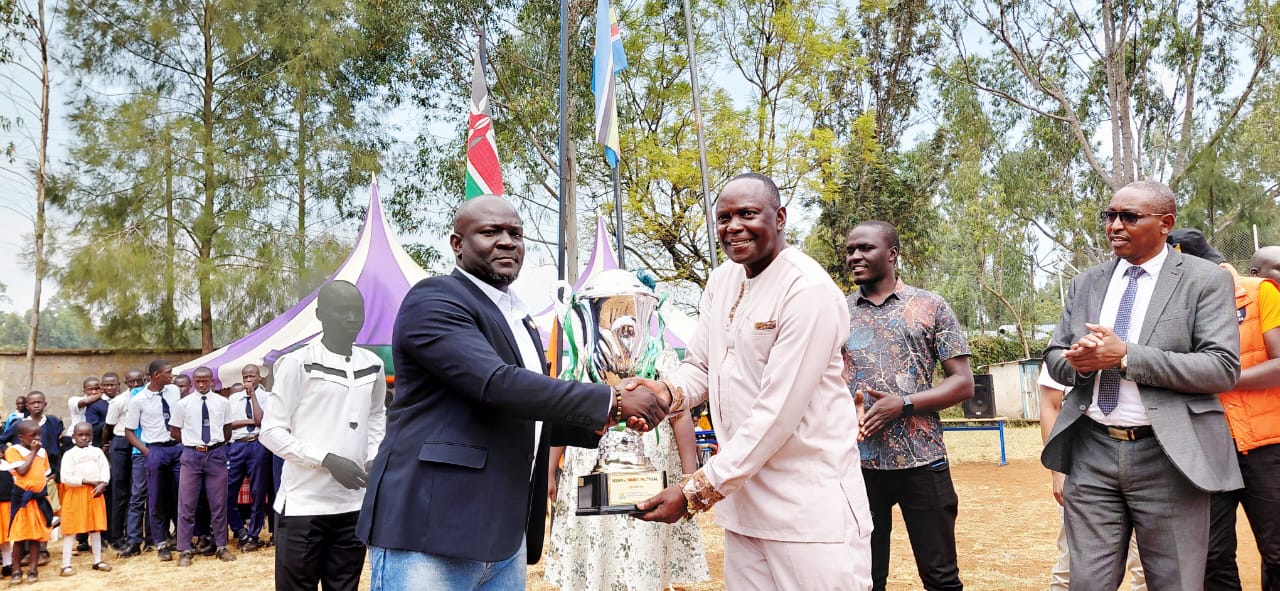
“Currently across the country, CBC is empowering strengths in singing, music and sports and I do not mean that this is wrong. I mean, if the trend continues, the country may be plunged into inadequate number of technical professionals.” He said.
Oraro went ahead to propose a solution, challenging not just the government but all the stakeholders in education to build workshops, laboratories instead of adding more classrooms.
“Instead of majoring on theoretical method of learning which CBC is working to edge out, the government must work with spead to build laboratories and workshops in these early centres of learning,” Engineer Oraro emphasized.
The same calls were emphasized by the registrar of AAK Engineers Chapter, Engineer Otieno Ogallo, who is also the board chairperson of Bar Union Primary and Junior Secondary School.
Such a weighty call might mean progress but time and season is likely to define whether or not it is likely to be as urgently implemented as its call is.
This is because of the long list existing challenges weighing down the implementation of CBC.
The challenges may vary according to regions, specific needs as presented by individual institutions but most constantly are the following;
- Inadequate Infrastructure
Many public schools lack basic facilities like science labs, workshops, libraries, and ICT rooms needed for practical, learner-centered CBC activities.
Overcrowded classrooms make it difficult to implement individualized learning approaches.
Lack of sufficient desks, learning materials, toilets, and space for co-curricular and creative activities.
- Shortage of Trained Teachers
Many teachers in public schools have not been adequately trained or continuously supported to handle CBC effectively.
There’s an urgent need for specialist teachers in areas like performing arts, technical skills, and ICT.
Teacher-to-pupil ratios are still too high, especially in rural areas, affecting assessment and personalized learning.
- Assessment Challenges
CBC relies on continuous assessment rather than traditional exams. But:
Many teachers are unclear about how to assess competences effectively.
There’s no standardized national tracking system for continuous assessment.
Workload in collecting, recording, and reporting assessments is heavy and manual in many schools.
- Lack of Learning Materials
Public schools often lack adequate CBC-compliant textbooks and learning resources, especially for new subjects like pre-technical studies, life skills, and performing arts.
Rural and marginalized areas are the most affected by delayed or missing instructional materials.
- Parental Awareness and Involvement
Many parents, especially in rural and low-income settings, are confused or uninformed about what CBC demands of them.
CBC requires parents to participate in projects, assessments, and support at home—yet most parents are ill-prepared or unable due to time or financial constraints.
- Equity and Inclusion
Learners with special needs or those from marginalized communities face barriers due to:
Lack of adaptive resources.
Inadequate trained special needs education (SNE) teachers.
Economic disparity undermining the idea of equal access to CBC.
- Transition to Junior Secondary School (JSS)
The transition of Grade 6 learners to JSS (Grades 7–9) has faced:
Unclear placement policies.
Inadequate classrooms and trained teachers for new JSS levels.
Uncertainty about curriculum content for some JSS subjects.
Issues in delocalization of learners, as some schools were not approved to host JSS, forcing students to move.
- Funding and Policy Gaps
Government capitation delays affect schools’ ability to buy materials or develop infrastructure.
Some counties and schools still lack clear policy guidelines on how to operationalize CBC, especially in public day schools.


